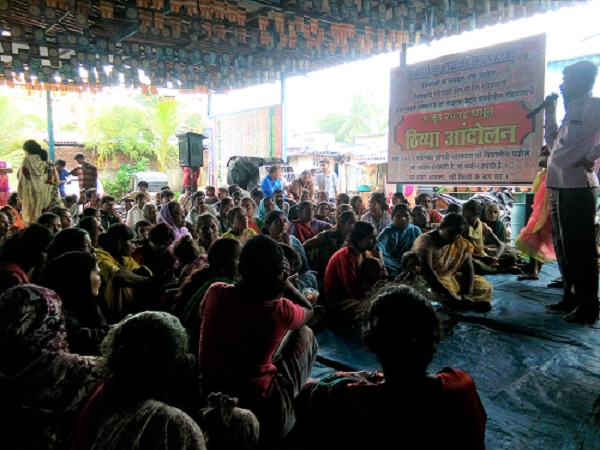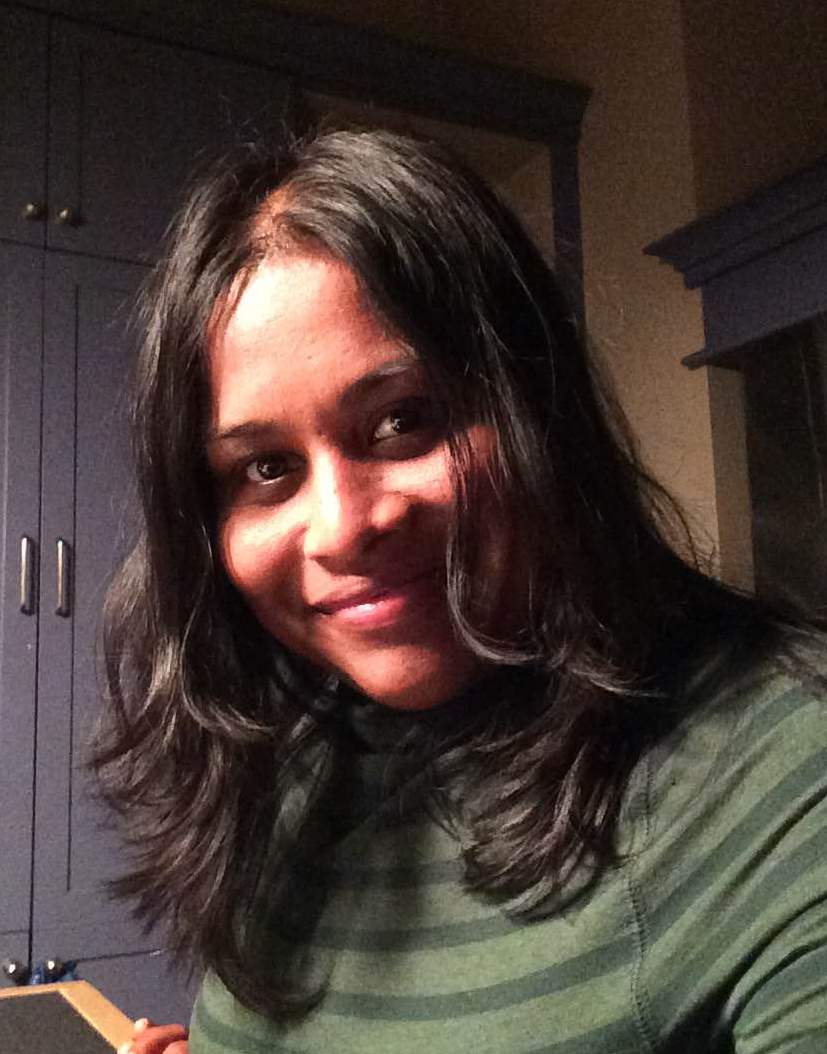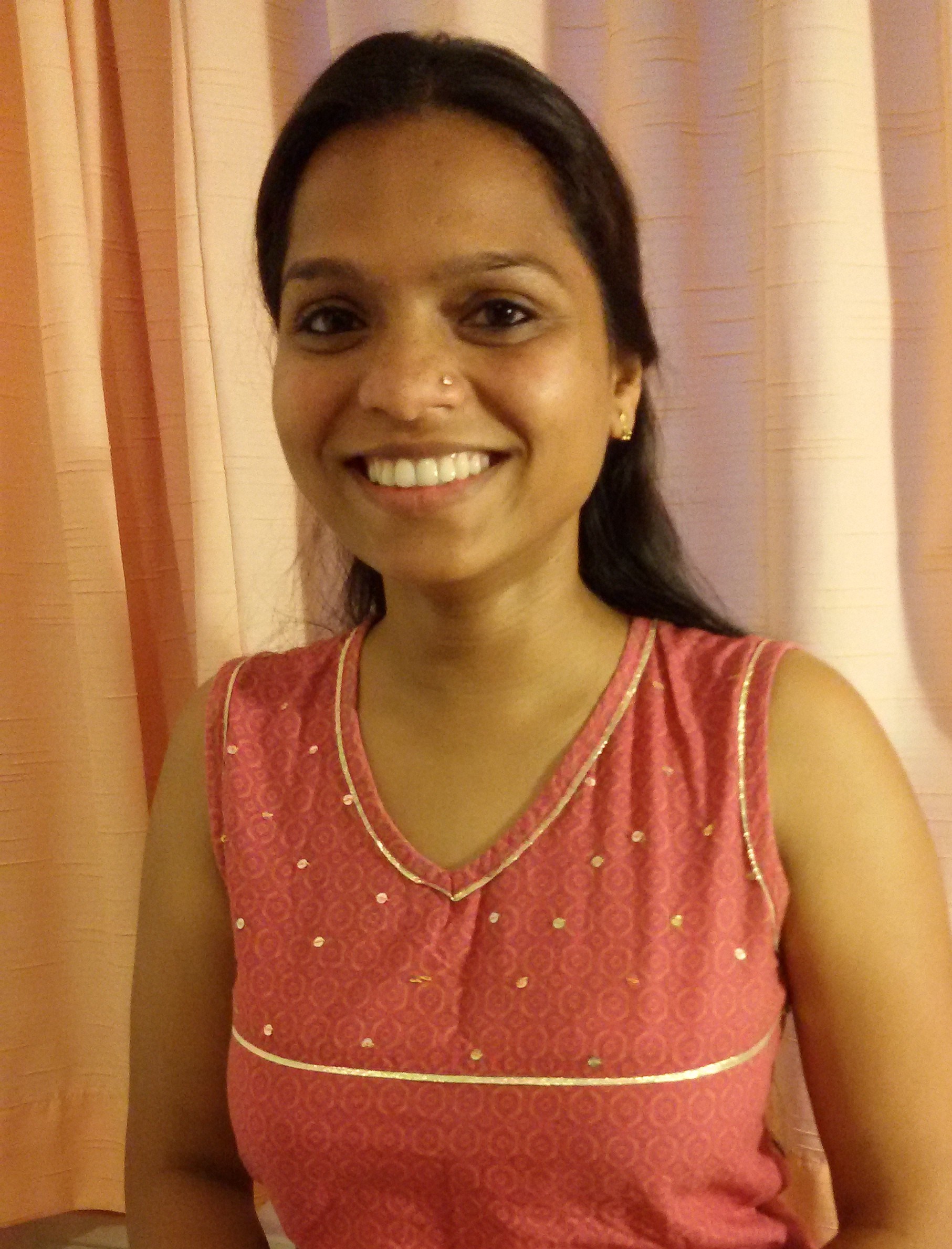Jyotsna Siddharth
Delhi witnessed a protest to condemn the rape of four dalit girls which took place in Bhagana village in Haryana. A huge outcry was demonstrated outside Haryana Chief Minister Bhupinder Singh Hooda’s house on 11th May 2014 to demand justice for the minor dalit girls who were kidnapped, violated and raped on 23rd March 2014 by upper caste boys in Bhagana. Several people – women, men, children from Bhagana, family of victims and representatives from different civil society groups, academicians, writers – joined hands in the protest.

It is almost two months since the families of the rape victims along with many other dalit families were socially ostracized from the village. Since April 16th, 2014, about 14 families are sitting at Jantar Mantar with their small children waiting for justice. Occupying Jantar Mantar road, ‘marked’ as a designated area for ‘protest’ or ‘assertion’ by the government these families witness influx of people as sympathizers, supporters, allies, empathizers and representatives from NGOs on a daily basis. Several kilometers away from Haryana, they have resumed a parallel life in Delhi. This parallel life has no access to school, lacks safety for women especially for the dalit girls (who recently underwent a nightmarish incidence back in their village), and unavailability of basic facilities. In addition, the families are left to the mercy of changing weather with no alternate spaces to stay.
Most disheartening is the government’s no-response policy towards issues of caste-based violence, especially violence meted out to dalit women, women from socially marginalized groups in India. In spite of reporting several cases of rape, kidnapping, harassment of dalit girls, police continues to dodge FIRs, to consciously delay the process till the perpetrators find a ‘safe’ shelter, with the help of powerful upper-caste local politicians. Such cases of repeated violence on dalit communities highlight not just the vulnerability of dalits in a casteist country but also depict the horrific state of inefficient mechanisms to protect the interest of the marginalized or lack of intent to provide fair trial. Existing systems are largely in control of upper castes and used consistently as a tool to maintain their ‘powerful’ position in society.

Upper caste domination finds its ‘legitimate’ grounds often in ‘villages’, legitimized through Khap Panchayats, especially in the case of Harayana. As a result, the bodies of dalit women are supposed to be freely “available” for labour, pleasure, abuse or serving their interests. Prem Chowdhary writes, “preserving caste boundaries, and caste purity ensures this patriliny. It implies the need for control of female sexuality to assure the paternity and lineage of the offspring.”1 In case of dalit women, the need for sexual control extrapolates several fold as dalit women work in insecure environments, which makes them vulnerable and socio-economically discriminated. In addition, their bodies are treated as sites of ‘dishonor’, revenge and domination. Dalit women’s bodies can also be seen symbolically as ‘apparatus,’ reproducing ‘subjects of subjugation,’ better destroyed, before gaining consciousness about their exploited state. Thus, to reiterate that caste discrimination begins much before the conception of the idea of birth and thrives till death, only to cyclically reproduce itself with the ‘idea of conception’.

Today, there is a dire need for solid drivers of change from the community backed by a generation of dalit activists, writers, and academicians who don’t feel compelled to push their personal ‘agendas’ at the forefront. There has to be a common consensus on the larger goal of annihilation of caste in real terms, freeing dalit women and men from clutches of caste violation, domination and inhibition. We as dalits, need to make conscious efforts to come out from a stale narrow patriarchal understanding of caste as we need to collectively demand our rights, snatch our rightful space and claim our space in society. We should be careful in not trapping our women in pigeonholes of ‘mothers’, ‘sisters’ and ‘daughters’ alone. In mass gatherings, we need to address our women as individuals with a much longer history of violation to be able to rightfully articulate our demands.

The outrage at 9 Pant Marg, Eflu, and other parts of the country only reminds us that our struggle for dignified life, equal opportunity in all spheres and freedom from caste based violations is not a cinch. It needs committed, cohesive and undeterred group of dalit leaders, doctors, engineers, academicians, teachers, scientists, artists, thinkers and philosophers who can work parallely in their spaces and with others to move on the path of annihilating caste!
Jai Bhim!!
~~
[1] Chowdhry, P. 2009. Contentious Marriages, Eloping Couples: Gender, Caste and Patriarchy in Northern India, Delhi: Oxford University Press

~

~

~~~
Jyotsna Siddharth is pursuing her M.Phil in Sociology from Delhi School of Economics.
Pictures courtesy: Rajeev R Singh and Sanghapali Aruna Lohitakshi.


